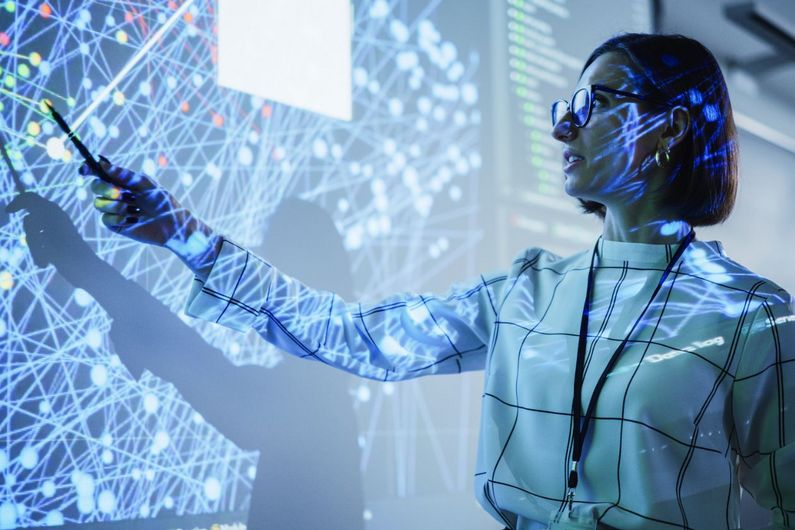Teaching in the age of artificial intelligence and content-generation software
- UdeMNouvelles
09/29/2023
- Martin LaSalle
UdeM academic advisor Grégoire Aribaut explains how AI can help instructors teach and assess students more effectively.
In late August, KPMG published a survey of 5,141 Canadian adult students, just over half of whom (52 per cent) admitted to using generative artificial intelligence (AI) in their work, even when taking tests.
Student use of tools like ChatGPT poses certain ethical challenges that require us to find assessment methods that promote academic integrity. But AI can also be used at various levels to simplify the work of teaching personnel.
Academic advisor Grégoire Aribaut, who works at Université de Montréal's Centre de pédagogie universitaire, gave an online workshop on this topic on Sept. 25.
Here's some of the information he shared with instructors who want to make the most of what AI has to offer them.
How can AI transform teaching?
While teachers are keen to use AI, the technology is more likely to introduce a shift than a full-fledged revolution in the way they work.
Two kinds of tools will drive the shift: content generation AI, such as OpenAI's ChatGPT, and predictive AI. Neither of these technologies can replace a person’s unique personality or their physical presence in class, but both have the potential to make things easier for teaching personnel who want to explore and use new methods.
How can generative AI applications like ChatGPT be used in teaching?
Content-generation AI can be used for both teaching and assessment. It can save teachers a lot of time by improving the quality of the content they offer and enhancing the learning experience.
Generative AI can create text, images and other material aimed at helping students achieve their learning goals. It can also be used to prepare lesson plans, detailed learning scenarios and other course content such as summaries, quick references, presentations, dialogues or narration for educational videos, in addition to content that teaching staff simply didn't have the time to produce before AI came on the scene, like reports and fictional case studies.
Generative AI also makes it easier for teachers to create customized programs to suit students’ profiles, preferences and performance. They can also use this tool for practical help in developing or improving personalized, adaptable educational tools.
In terms of assessment, ChatGPT could be used to speed up evaluation and improve quality – for example, it could come up with questions, statements and feedback or create case studies tailored to the course content that are supported by the EdTech options available in digital learning environments such as StudiUM. These options now make it easy to create customized, automated feedback through quizzes.
Generative AI also simplifies the task of correcting homework by checking spelling and grammar, suggesting how to rephrase sentences or creating customized feedback using a variety of possible approaches for analyzing submitted assignments. But it’s important to keep in mind that no tool can do everything on its own. Human intervention still plays a big role.
What about predictive AI?
Predictive AI tools could be used to create a dashboard that shows what each student has learned based on data generated by their interactions with the digital learning environment. These interactions can include taking a quiz, submitting work or even just reading content.
This rich data can help teaching personnel target their efforts to better meet student needs.
In a nutshell, AI can create innovative, customized content while enabling instructors to tailor their teaching methods to their students. It also collects and analyzes data from interactions so that instructors can adjust how they teach in real time. Finally, it can lighten the load involved in educational design so teachers can focus on leading classes, overseeing progress and interacting with students.













